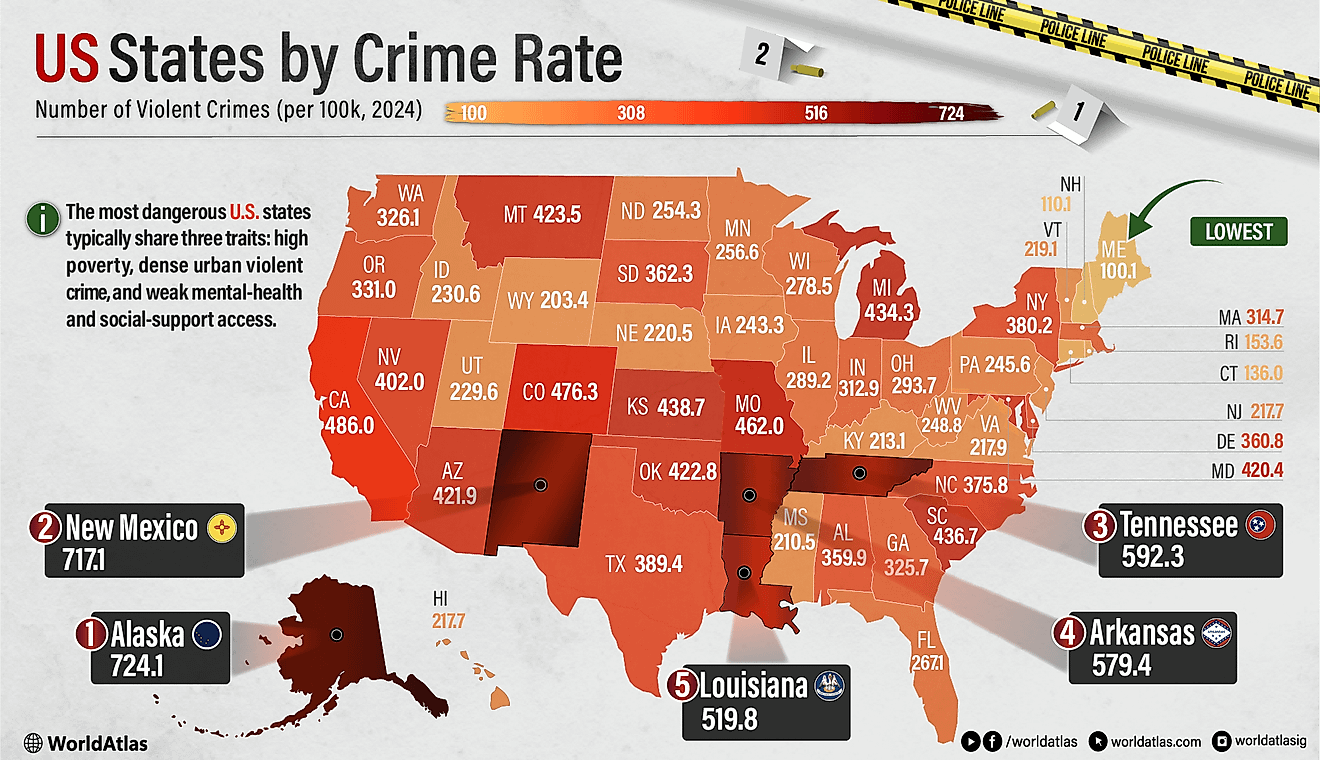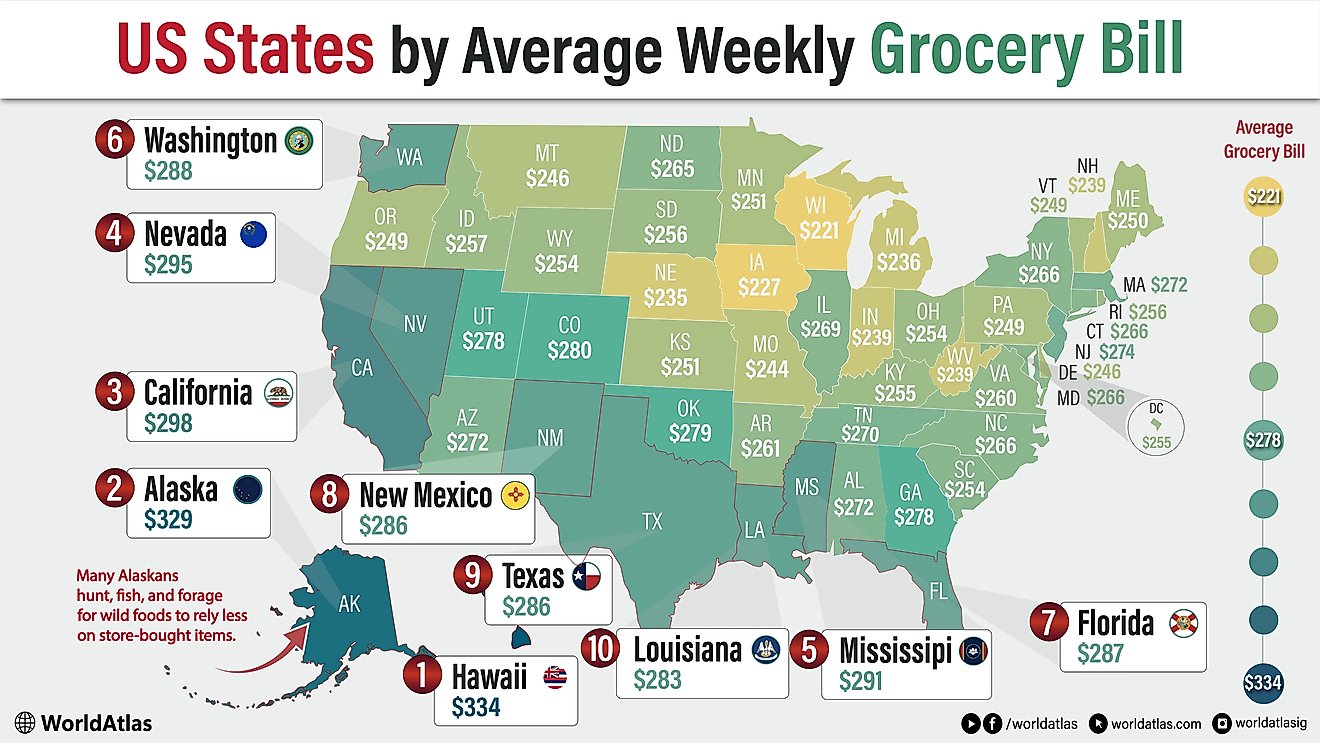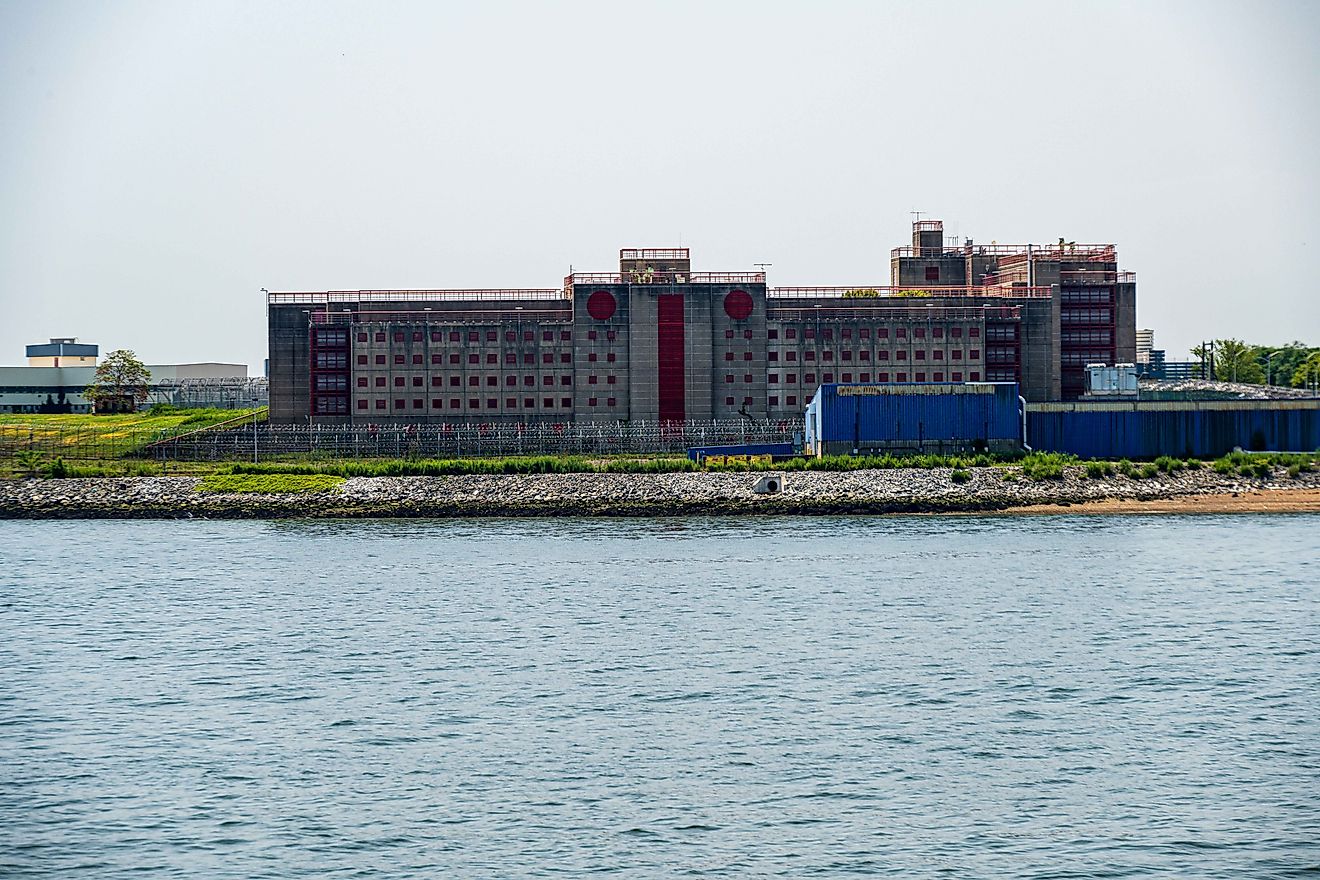What Is Female Infanticide?

5. Overview
Even in the 21st Century, gender discrimination continues unabated in almost all parts of the world. The women, referred to as the “weaker sex” in most patriarchal societies of the world are often denied equal rights as men and barred from enjoying a great number of privileges that are enjoyed by men. The worst form of this gender discrimination reflects the cruel practices of female infanticide and selective abortion of female fetuses. Female infanticide involves the deliberate killing of the newborn female child by her family and this shocking practice is prevalent in some countries of the modern world, such as those of the Indian subcontinent, even today.
4. History
Anthropologists have reported a few centuries ago female infanticide was prevalent over large parts of the world . Indigenous people of Northern Alaska, Australia, and South Asia are believed to have practiced female infanticide for centuries. In Arabia, this practice stopped with the establishment of Islamic culture which abolished child killing. In China, female children have been killed for over 2,000 years. Drowning, suffocating, starving or abandonment, were the preferred methods of killing newborn females in this country. Though Buddhism regarded female infanticide as a sin, the Buddhist belief in reincarnation often encouraged some of the misinterpreters of the religion to kill the girl child without any guilty conscience. The Confucian principles of preferring males to inherit the family property and other male-centric family values also led to the consideration of females as a “burden” to their families. In India, female infanticide cases were recorded in the accounts of the British officers during the British Raj in the country. The Jats in the Punjab region of India were most heavily involved in this practice while people in other areas in north-west and northern India and a few pockets in southern India, also practiced female infanticide. Female infanticide have also been reported to occur in Pakistan.
3. Rationale
Economic reasons are the primary driving factors behind the practice of female infanticide. This, coupled with the gender inequality prevailing in many patriarchal societies, is leading to the loss of a large number of girls in countries like India. In such societies, there is a prevalent belief that the male children are going to be the sole bread earners for the family in the future, taking care of their parents as they age. Females will have to be married off, often at the cost of a hefty dowry that the parents of the girl will need to bear, failing which the family will be shamed by the society. From this belief system, it is clearly evident that a female child is in no way a treasure to these families, only a “burden” that will lead to economic miseries and sorrows for the other members of the family. This is what actually triggers the parents to kill the female child at birth or abort the female fetus within the womb itself. Thus, the entire society is responsible for the abhorrent practice of female infanticide in the countries where it is practiced.
2. Contemporary Trends
In modern day China, there are conflicting reports regarding the prevalence of female infanticide within the country, and a lack of data on the actual number of female births here. However, the centuries old practice of female infanticide in the country has resulted in 30 to 40 million more men than women in the country. The sex ratio in the country is thus tilted heavily towards men. In India, female infanticide is still widely prevalent in parts of northwestern India where thousands of newborns or female fetuses are killed every year. This forced the United Nations (UN) to declare India as the “most deadly country for female children”. The UN also estimates that in India, a female child between the ages of 1 and 5, have a 75% greater chance of dying than a male child. Another shocking statement by CRY reveals that in India 1 million female children die every year within the first year of their birth.
1. Legal Status and Regulation
In India, the Indian Government has attempted to develop several programs in the past to discourage the practice of female infanticide. Though it is legally abolished in the country, most cases go unreported, hushed up by families and their surrounding community members. Thus, the central and state governments of India attempted to tackle the problem by introducing various schemes and processes. One of them is the “baby cradle scheme” where babies are left for adoption in cradles placed outside health facilities. Another program, the Girl Child Protection Scheme, ensures that the families with more than one female child receive funding for the education of the child and a significant sum of money when the girl is 20 years old which can be used for further education or marriage.











